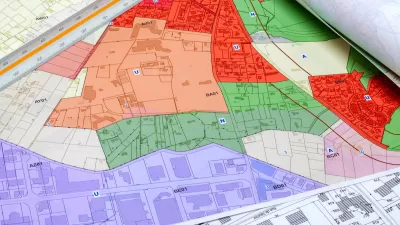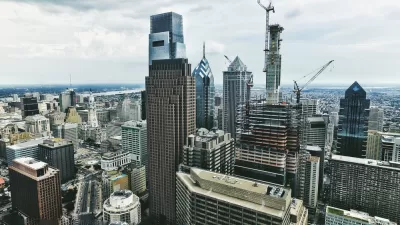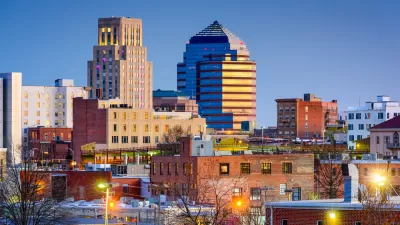When it comes to carbon emissions, dense cities are better for the environment than anything else, says economists Edward L. Glaeser of Harvard and Matthew Kahn of UCLA. And right now we're inhibiting building where we should be encouraging it.
"On a pleasant April day in 1844, Henry David Thoreau-the patron saint of American environmentalism-went for a walk along the Concord River in Massachusetts. With a friend, he built a fire in a pine stump near Fair Haven Pond, apparently to cook a chowder. Unfortunately, there hadn't been much rain lately, the fire soon spread to the surrounding grass, and in the end, over 300 acres of prime woodland burned. Thoreau steadily denied any wrongdoing. "I have set fire to the forest, but I have done no wrong therein, and now it is as if the lightning had done it," he later wrote. The other residents of Concord were less forgiving, taking a reasonably dim view of even inadvertent arson. "It is to be hoped that this unfortunate result of sheer carelessness, will be borne in mind by those who may visit the woods in future for recreation," the Concord Freeman opined.
Thoreau's accident illustrates a point that is both paradoxical and generally true: if you want to be good to the environment, stay away from it. Move to high-rise apartments surrounded by plenty of concrete. Americans who settle in leafy, low-density suburbs will leave a significantly deeper carbon footprint, it turns out, than Americans who live cheek by jowl in urban towers. And a second paradox follows from the first. When environmentalists resist new construction in their dense but environmentally friendly cities, they inadvertently ensure that it will take place somewhere else-somewhere with higher carbon emissions. Much local environmentalism, in short, is bad for the environment."
FULL STORY: Green Cities, Brown Suburbs

Alabama: Trump Terminates Settlements for Black Communities Harmed By Raw Sewage
Trump deemed the landmark civil rights agreement “illegal DEI and environmental justice policy.”

Planetizen Federal Action Tracker
A weekly monitor of how Trump’s orders and actions are impacting planners and planning in America.

The 120 Year Old Tiny Home Villages That Sheltered San Francisco’s Earthquake Refugees
More than a century ago, San Francisco mobilized to house thousands of residents displaced by the 1906 earthquake. Could their strategy offer a model for the present?

Ken Jennings Launches Transit Web Series
The Jeopardy champ wants you to ride public transit.

BLM To Rescind Public Lands Rule
The change will downgrade conservation, once again putting federal land at risk for mining and other extractive uses.

Indy Neighborhood Group Builds Temporary Multi-Use Path
Community members, aided in part by funding from the city, repurposed a vehicle lane to create a protected bike and pedestrian path for the summer season.
Urban Design for Planners 1: Software Tools
This six-course series explores essential urban design concepts using open source software and equips planners with the tools they need to participate fully in the urban design process.
Planning for Universal Design
Learn the tools for implementing Universal Design in planning regulations.
Clanton & Associates, Inc.
Jessamine County Fiscal Court
Institute for Housing and Urban Development Studies (IHS)
City of Grandview
Harvard GSD Executive Education
Toledo-Lucas County Plan Commissions
Salt Lake City
NYU Wagner Graduate School of Public Service





























